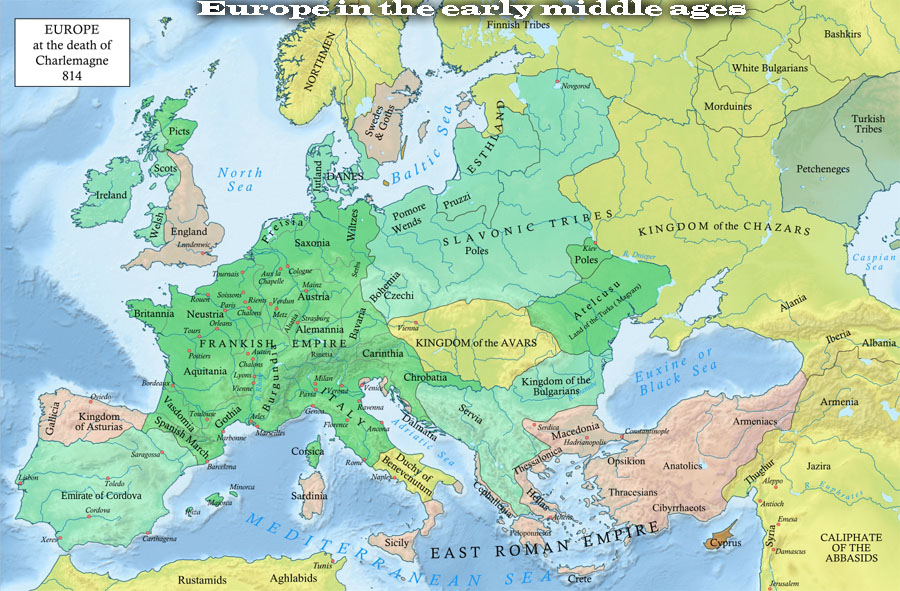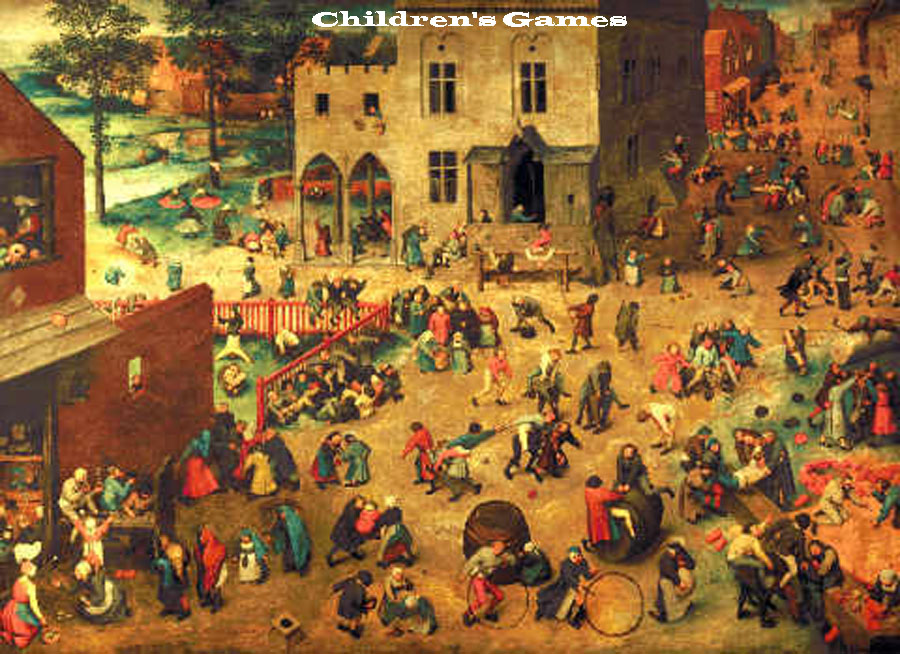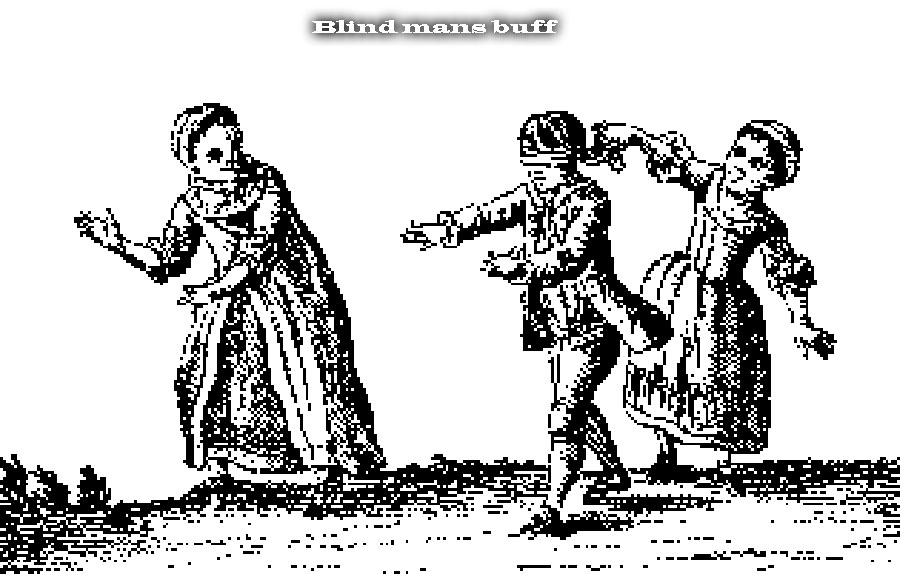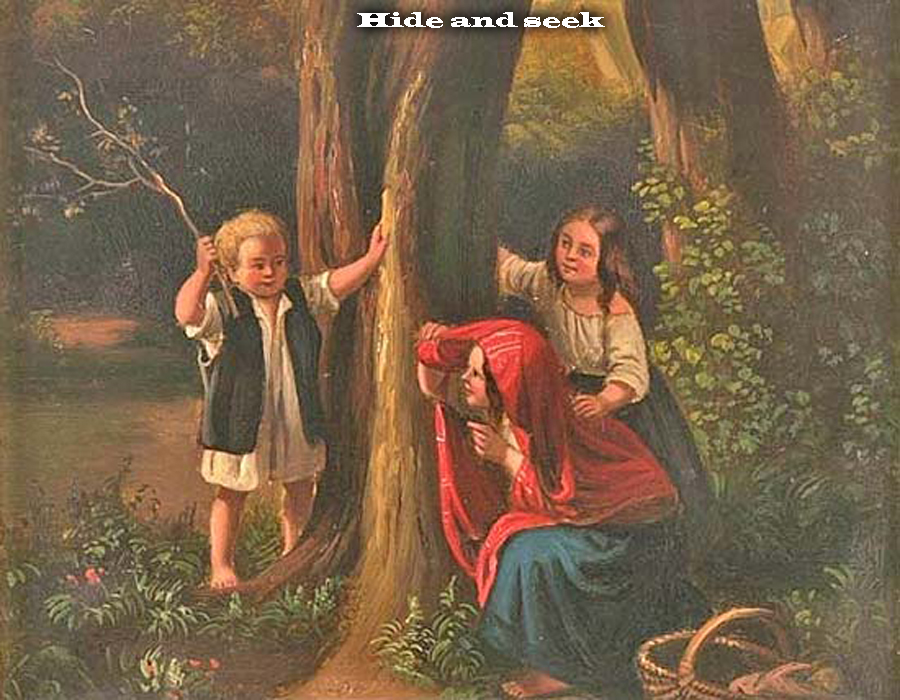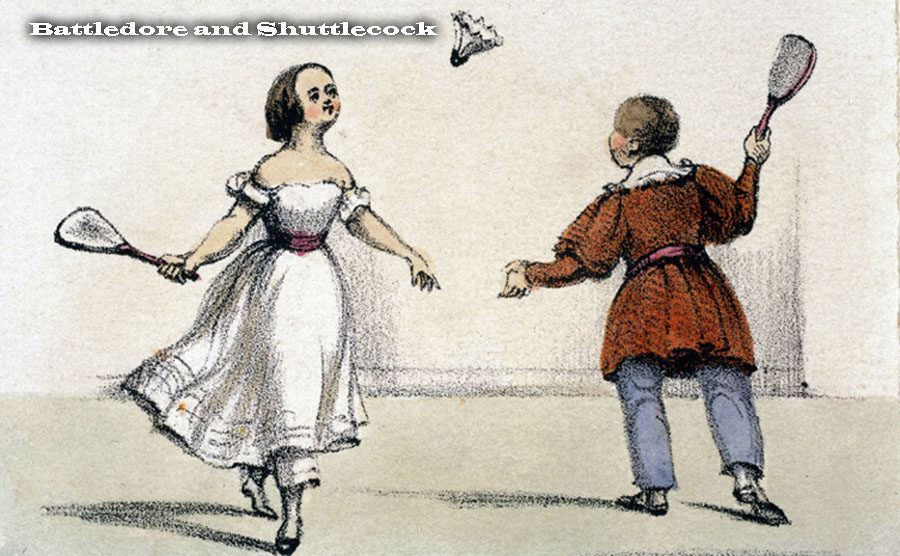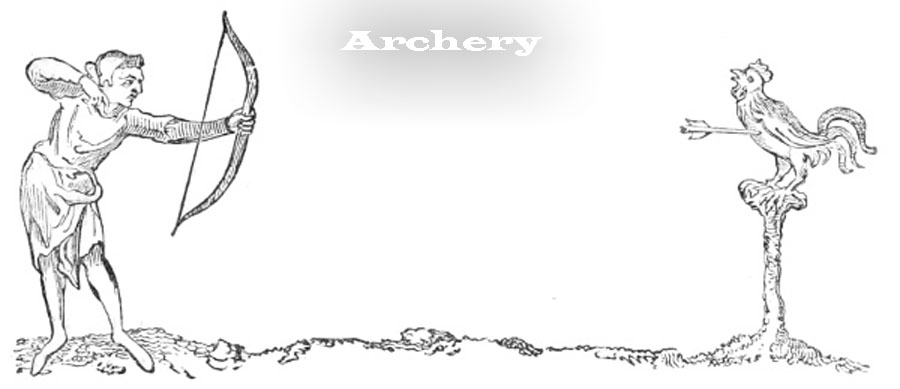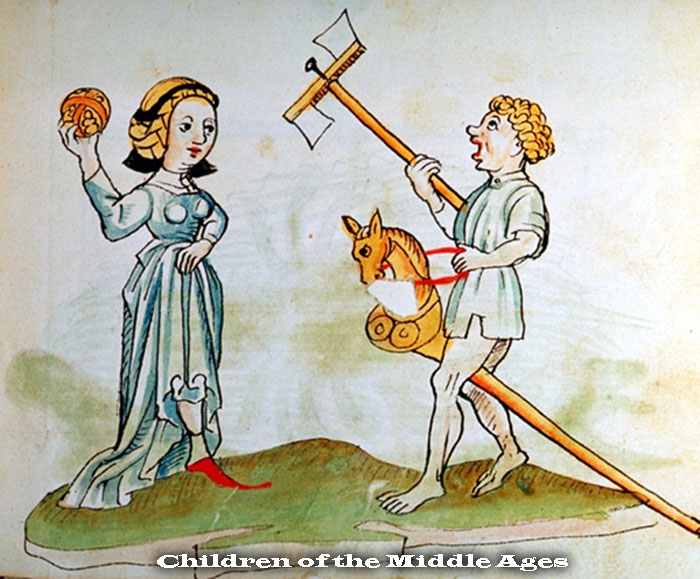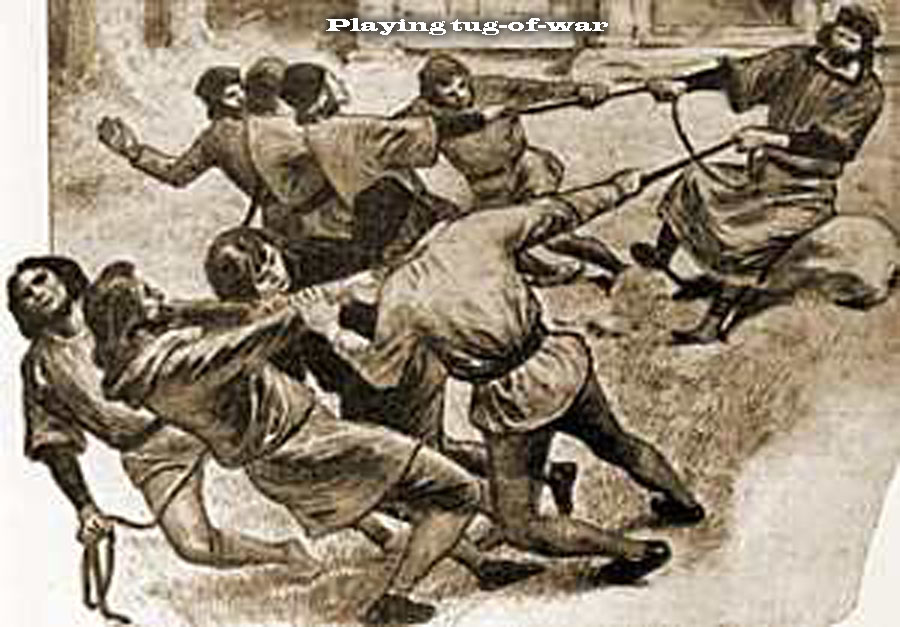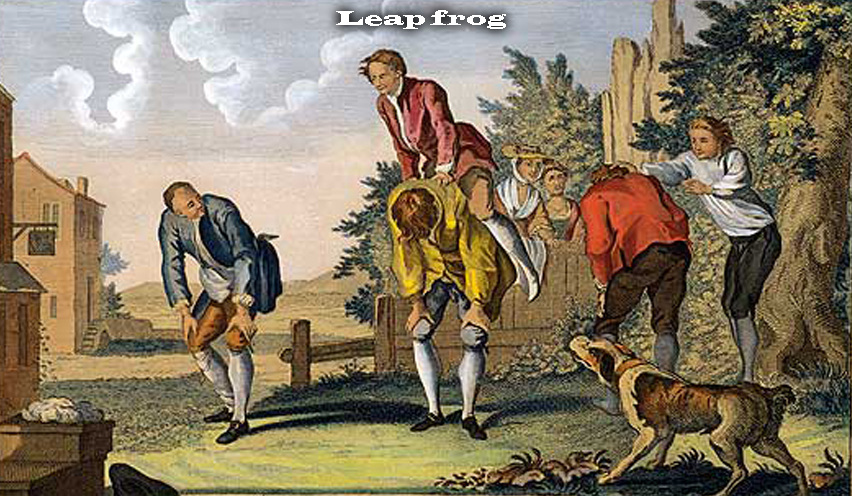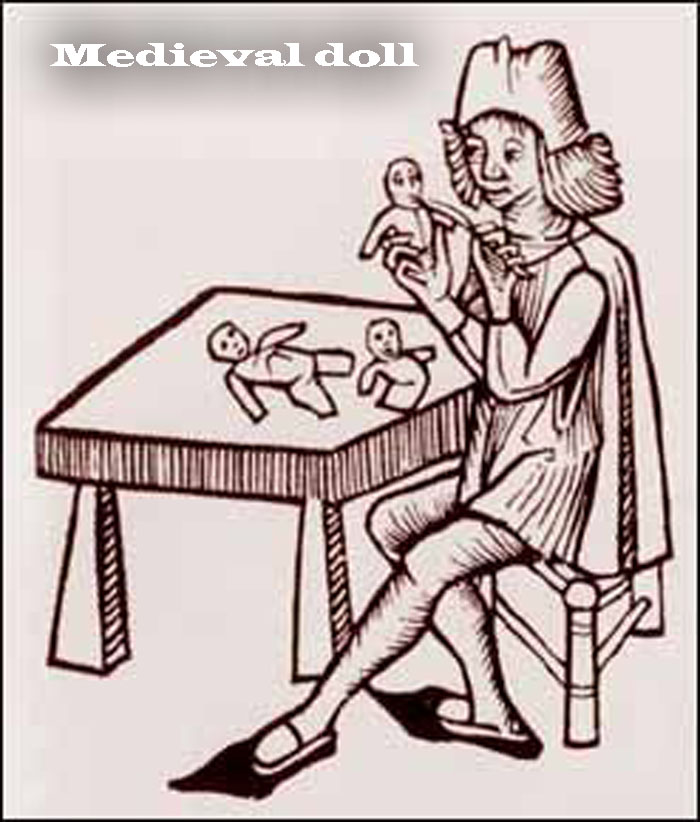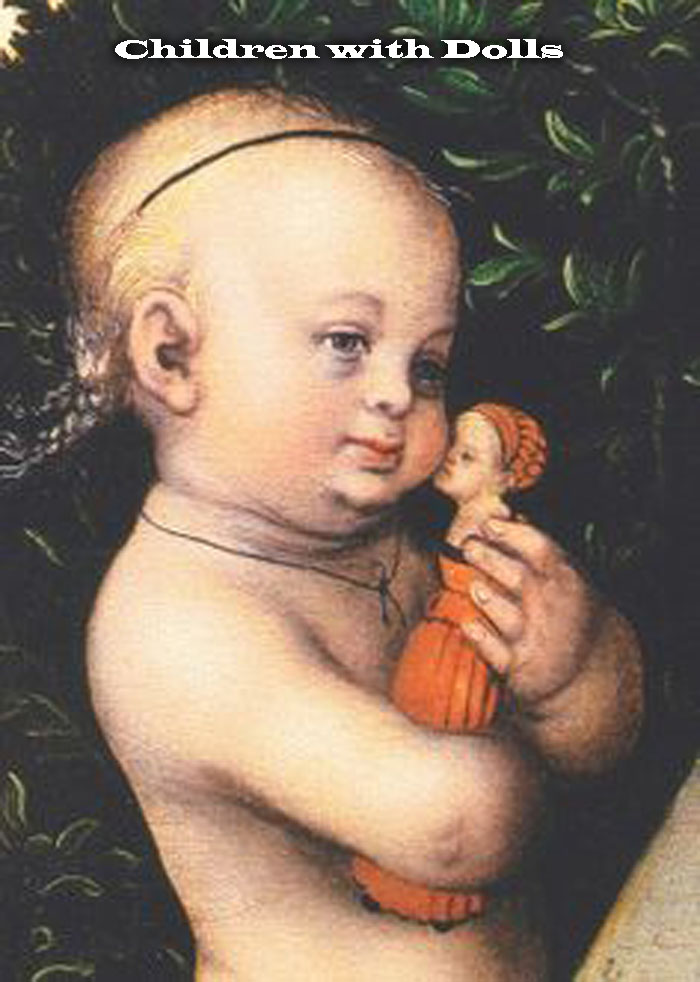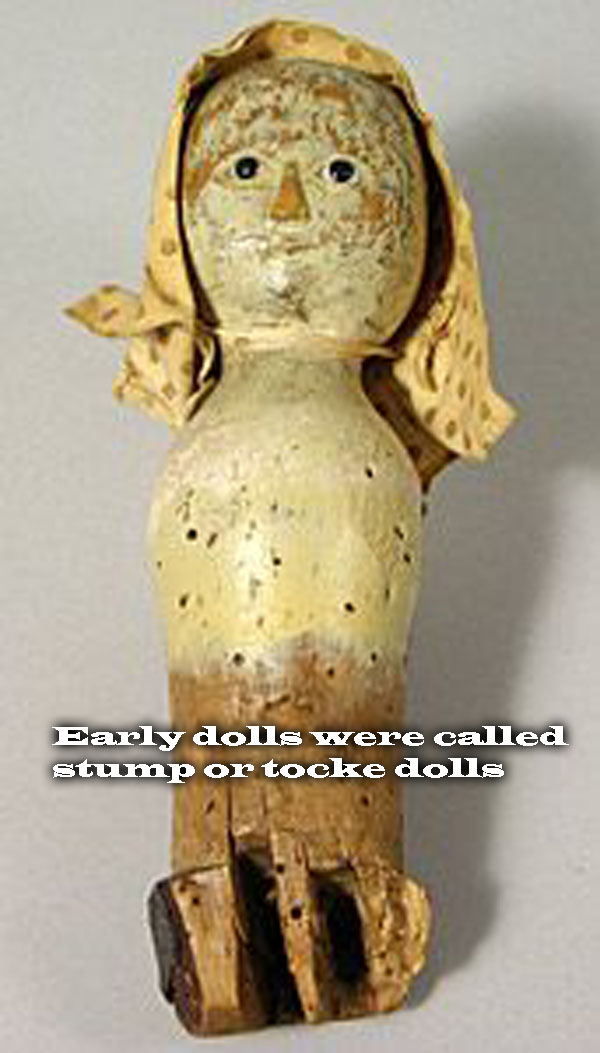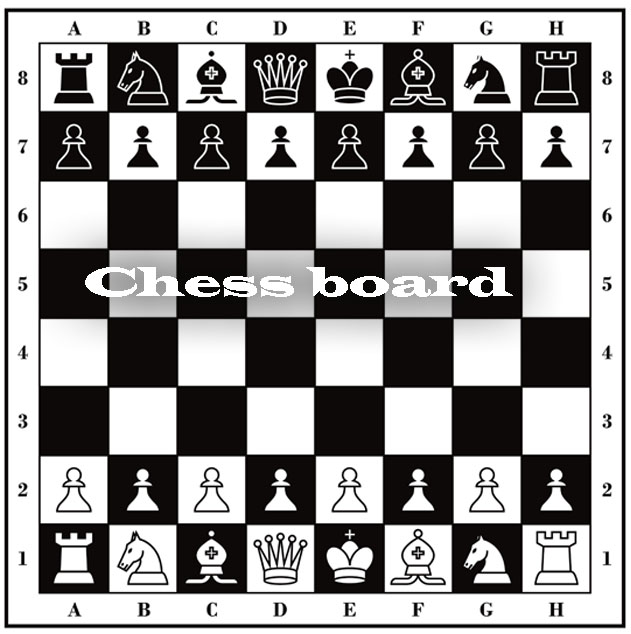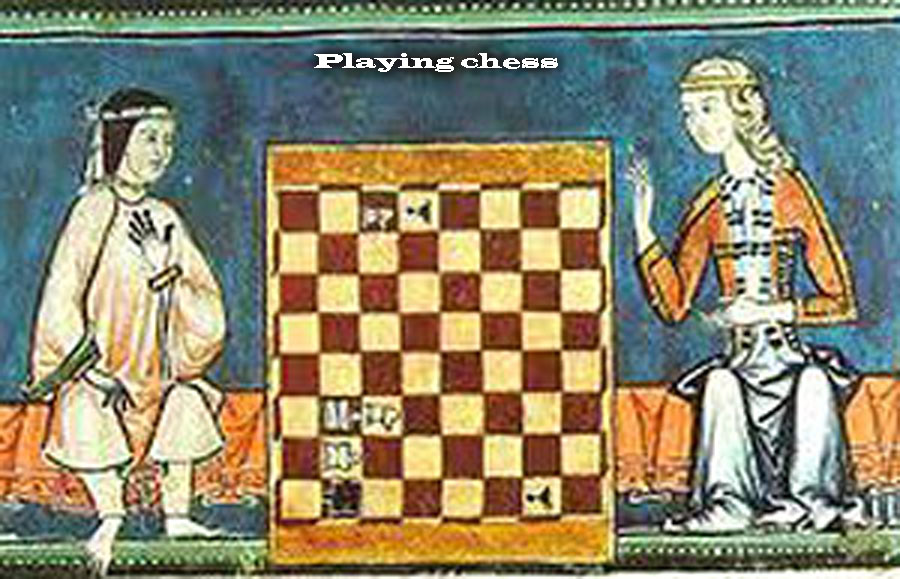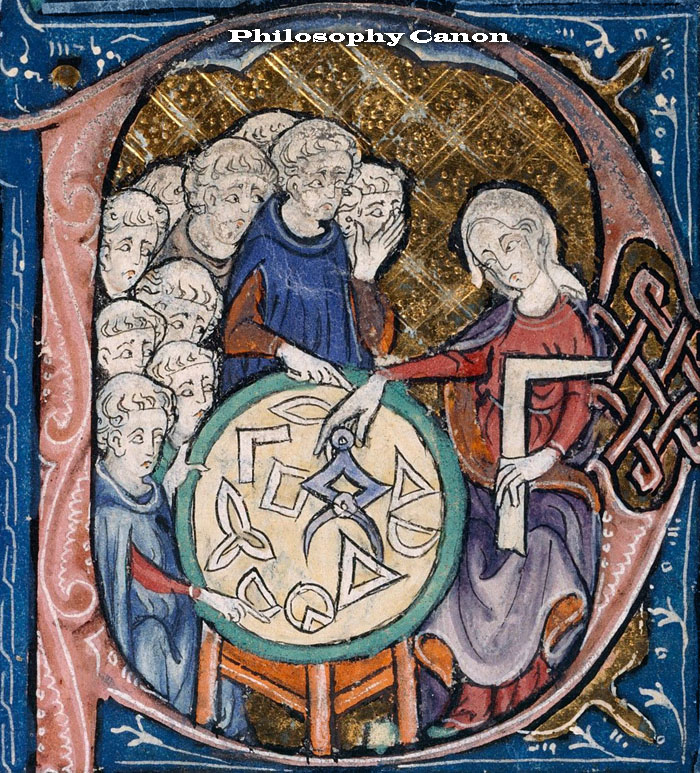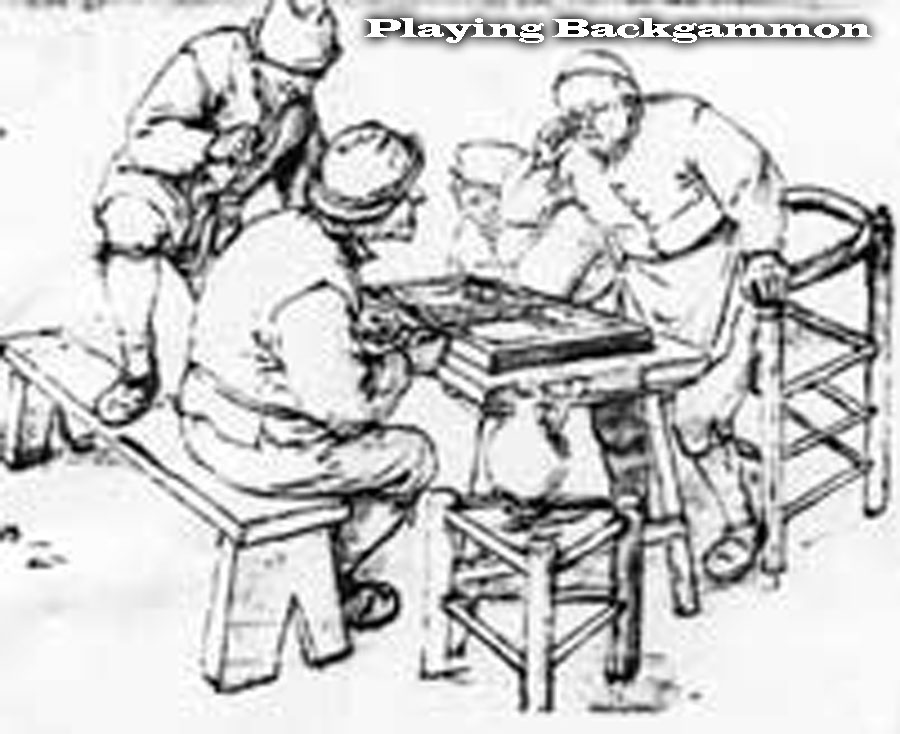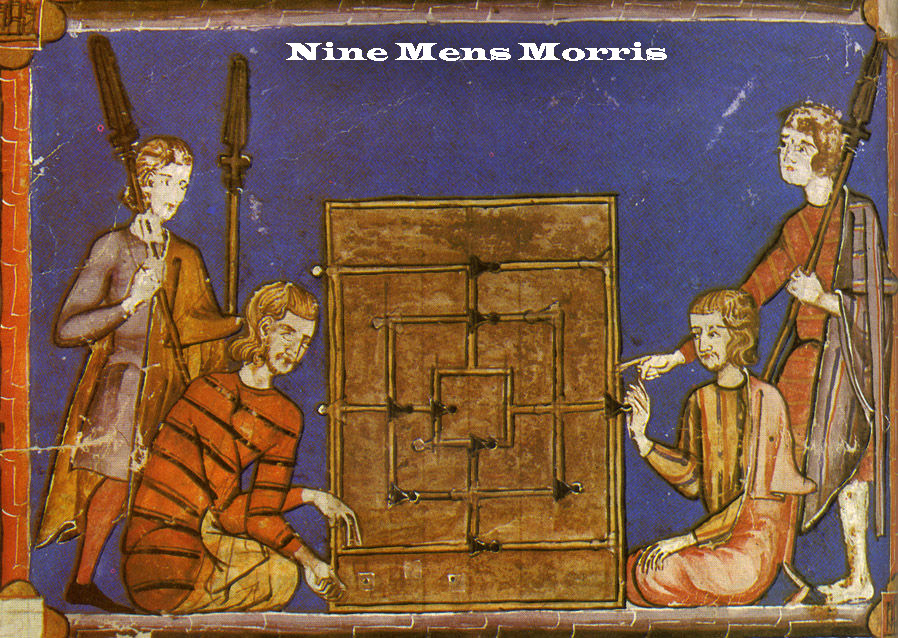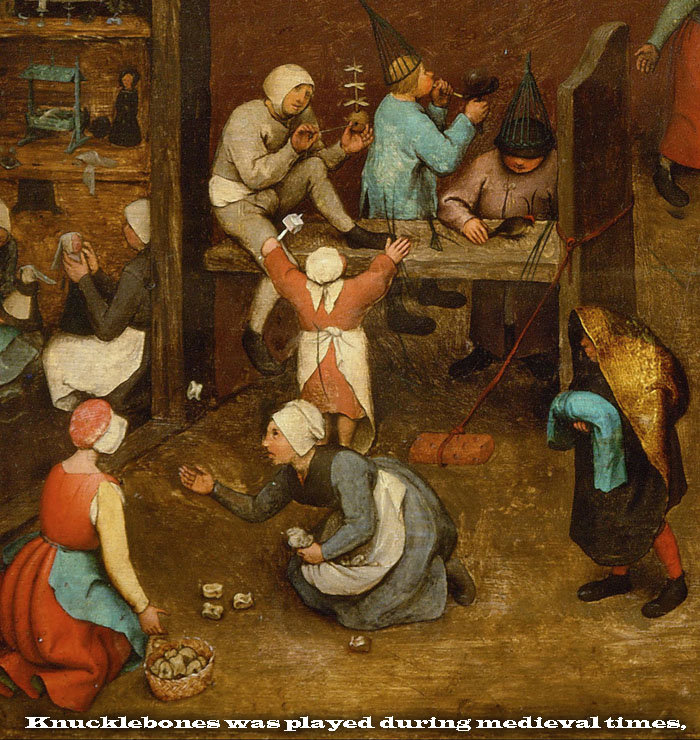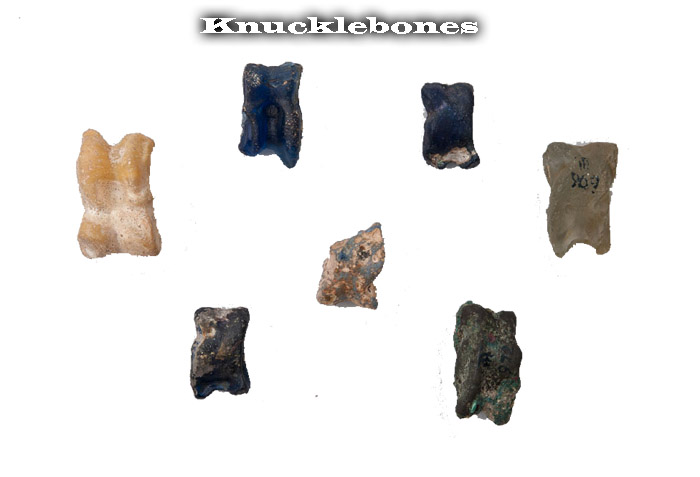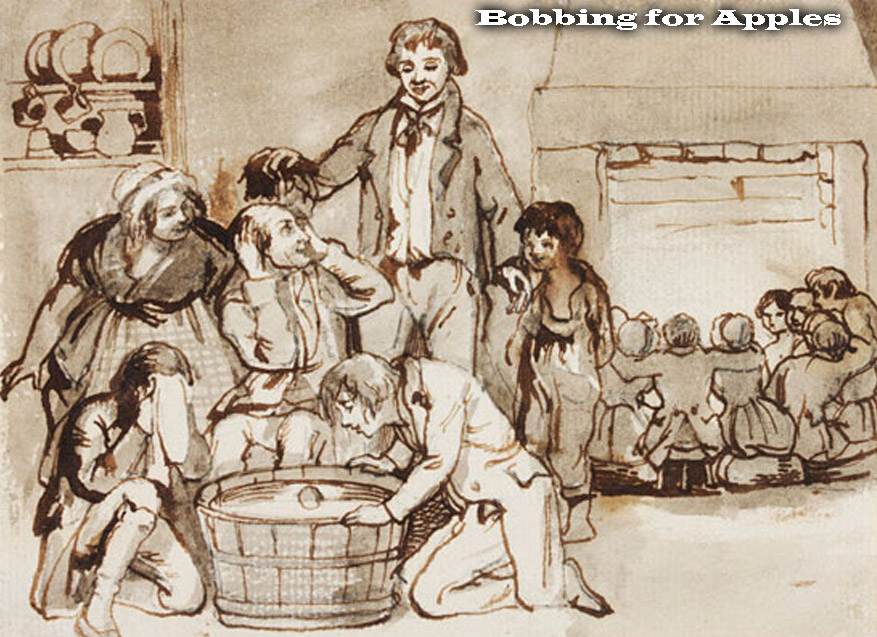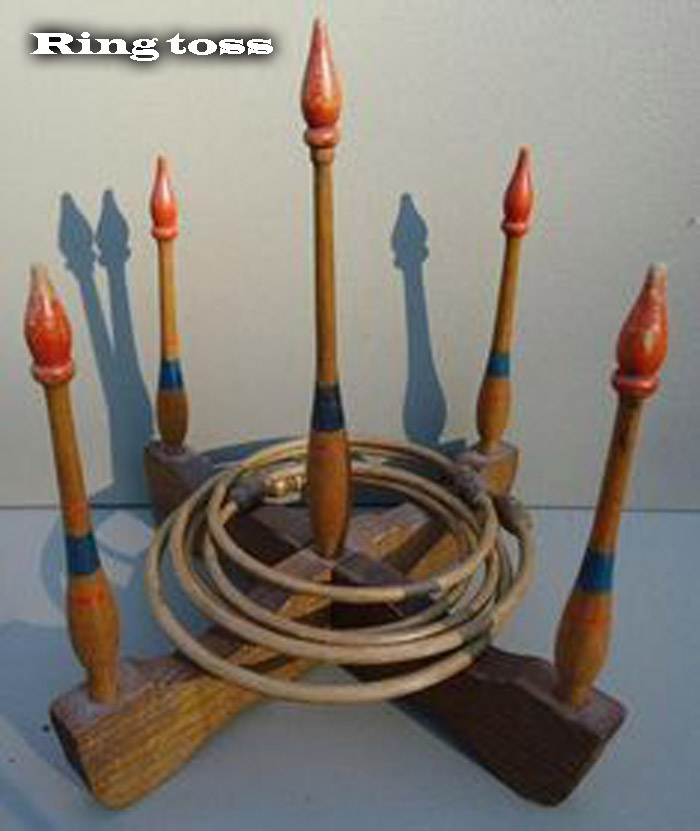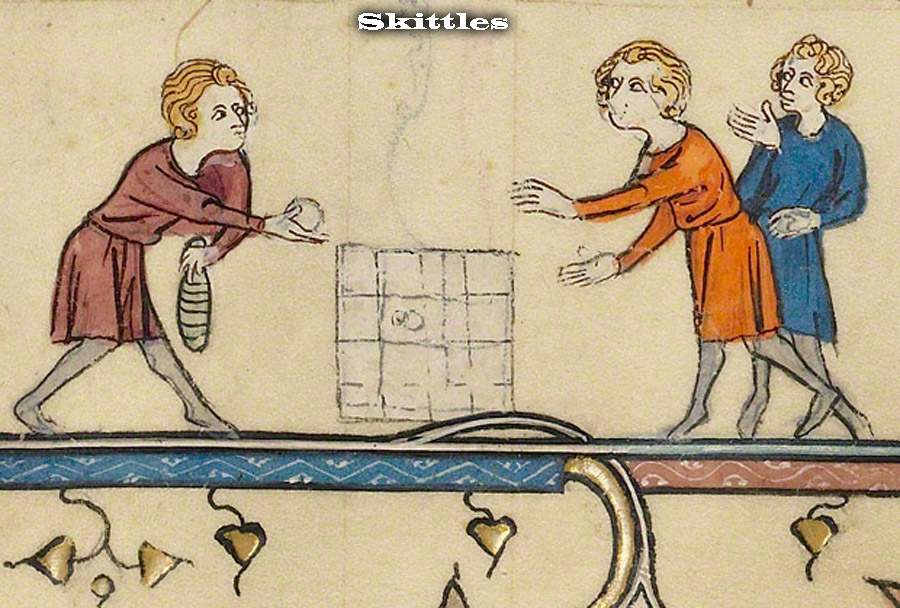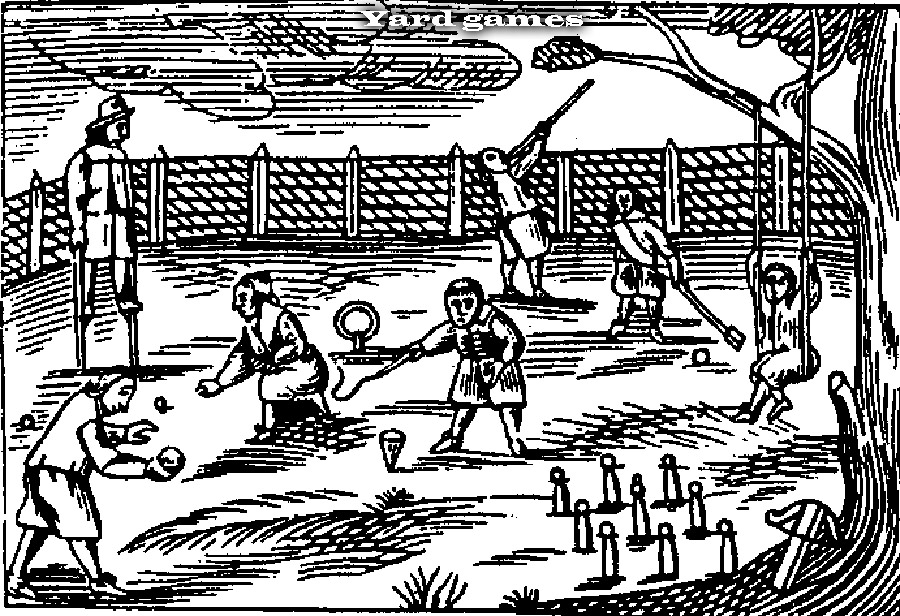European history of the Middle Ages starts in the 5th century with the fall of the Western Roman Empire thru the fall of Constantinople during the 15th century into the Renaissance Age of Discovery.
During the Middle ages the child survival rate at birth was low, mortality was high for young people, and over 40% never made it past the age of 9. Life expectancy for the ones that lived past childhood was 31.3 years. After the 13th century if a child reached the age of 20 they could hope to live to 45, and if they lived to age 30 there was a chance of making to 50. Children grew up quickly boys were men at 14 and girls were women at 12. Toys and games matched the gender-specific rolls they would live out in adult life.
Ones social class and affordability determined what games children played. Peasant children used whatever they could find for toys and made up games. The upper class and wealthy could afford to play games that required specific equipment like balls, rackets or nets.
Just learning how to live in the Middle Ages was hard enough for children growing up and warfare was a fact of life all over Europe. Boys were encouraged to play at war with wooden swords and toy soldiers.
They would straddle sticks and ride them like war horses. Archery was a favorite pastime and spinning tops were very popular. Other non-violent games were Tug-of-war and Leapfrog.
Girls playtime was focused on becoming a woman and mother. They played dress-up and acted out pretend weddings. They played mother with wooden and cloth dolls called poppets. The girls knew like the boys that childhood was short and they would have to be responsible adults all too soon.
Board games like Chess and Alquerque (early checkers), and dice games like Knucklebones and Hazard were popular with ones that could afford to buy or make the playing pieces. Chess originated in eastern Asia with a set of easily understood rules of play. The object of the game is to use your pieces to create a situation where your opponent’s king is unable to avoid capture resulting in “check mate”.
Alquerque requires each player to place their twelve pieces in the two rows closest to them and in two rightmost spaces in the center row. One player takes white the other takes black and they take turns trying to eliminate the opponent’s pieces.
Other board games of this period were; The Philosophers game – a game of strategy and numbers. Shovelboard – the ancestor of shuffleboard. Tables – early Backgammon. Nine Men’s Morris
Knucklebones was and early dice game similar to jacks but was played using the knucklebones of sheep. Dice games were also used in divination games and gambling.
Bobbing for apples in a barrel of water, players tried to pick up the apples with their teeth. This game was a special event around holiday celebrations.
Ring toss was a game enjoyed by all ages boys and girls, men and women could play together, and they competed to see who could toss rings on to stakes.
Skittles was a forerunner of bowling where a ball was rolled toward bottles or wooden pins, trying to knock over as many as the player can.
The living conditions in the shelters and home of the Middle-Ages was not much better that it was outside. Children would be used to the weather conditions and they would play outside in all kinds of weather. Yard game toys were homemade of whatever material was available and could be spared to make a toy.
Word count: 592
